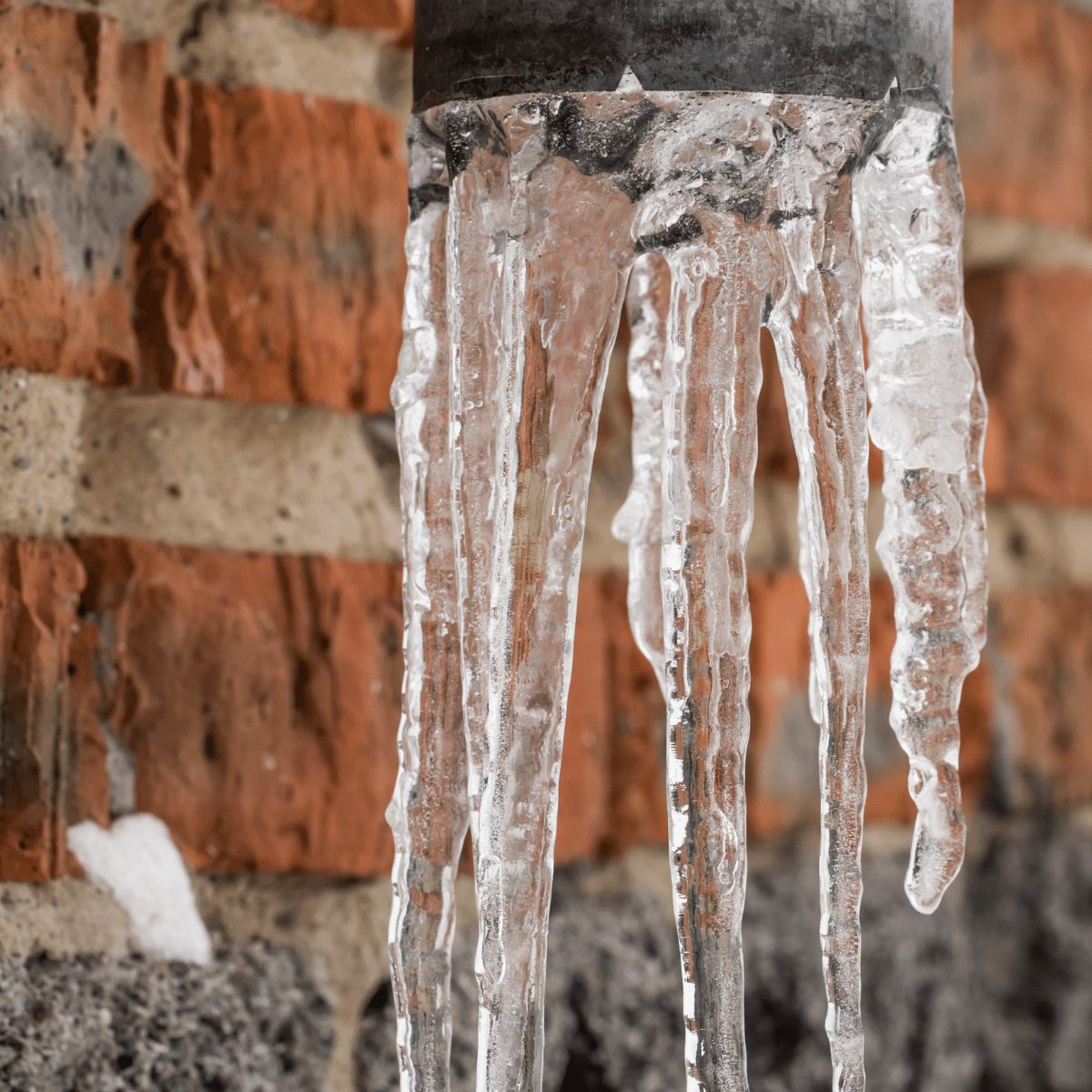Ways to Prevent Frozen Pipes in Cold Weather: Expert Advice
Ways to Prevent Frozen Pipes in Cold Weather: Expert Advice
Blog Article
Everybody maintains their unique beliefs with regards to How to prepare your home plumbing for winter weather.

Winter can damage your plumbing, especially by freezing pipes. Here's just how to stop it from occurring and what to do if it does.
Introduction
As temperature levels decrease, the risk of frozen pipes increases, potentially causing expensive repair services and water damages. Comprehending just how to avoid frozen pipelines is vital for home owners in cool climates.
Prevention Tips
Protecting at risk pipes
Cover pipelines in insulation sleeves or make use of warm tape to safeguard them from freezing temperatures. Focus on pipes in unheated or outside locations of the home.
Home heating strategies
Maintain indoor areas effectively heated, particularly areas with plumbing. Open up cupboard doors to allow cozy air to flow around pipes under sinks.
How to recognize frozen pipelines
Search for decreased water flow from taps, unusual smells or noises from pipes, and noticeable frost on exposed pipelines.
Long-Term Solutions
Architectural changes
Think about rerouting pipelines away from outside walls or unheated areas. Add added insulation to attic rooms, basements, and crawl spaces.
Upgrading insulation
Purchase high-quality insulation for pipelines, attic rooms, and walls. Proper insulation assists maintain regular temperature levels and reduces the danger of icy pipelines.
Safeguarding Outside Pipes
Yard pipes and exterior taps
Separate and drain garden hose pipes before winter months. Set up frost-proof spigots or cover outside faucets with shielded caps.
Recognizing Icy Pipes
What causes pipelines to freeze?
Pipelines freeze when subjected to temperature levels below 32 ° F (0 ° C) for expanded periods. As water inside the pipes freezes, it increases, putting pressure on the pipeline wall surfaces and potentially creating them to burst.
Threats and damages
Frozen pipes can result in water system disturbances, home damage, and costly repair work. Burst pipes can flooding homes and create considerable architectural damage.
Signs of Frozen Pipes
Recognizing icy pipes early can stop them from breaking.
What to Do If Your Pipes Freeze
Immediate activities to take
If you presume frozen pipes, maintain taps open to alleviate stress as the ice melts. Use a hairdryer or towels soaked in warm water to thaw pipes gradually.
Final thought
Stopping icy pipelines requires positive procedures and quick reactions. By understanding the reasons, signs, and safety nets, property owners can protect their pipes during cold weather.
5 Ways to Prevent Frozen Pipes
Drain Outdoor Faucets and Disconnect Hoses
First, close the shut-off valve that controls the flow of water in the pipe to your outdoor faucet. Then, head outside to disconnect and drain your hose and open the outdoor faucet to allow the water to completely drain out of the line. Turn off the faucet when done. Finally, head back to the shut-off valve and drain the remaining water inside the pipe into a bucket or container. Additionally, if you have a home irrigation system, you should consider hiring an expert to clear the system of water each year.
Insulate Pipes
One of the best and most cost-effective methods for preventing frozen water pipes is to wrap your pipes with insulation. This is especially important for areas in your home that aren’t exposed to heat, such as an attic. We suggest using foam sleeves, which can typically be found at your local hardware store.
Keep Heat Running at 65
Your pipes are located inside your walls, and the temperature there is much colder than the rest of the house. To prevent your pipes from freezing, The Insurance Information Institute suggests that you keep your home heated to at least 65 degrees, even when traveling. You may want to invest in smart devices that can keep an eye on the temperature in your home while you’re away.
Leave Water Dripping
Moving water — even a small trickle — can prevent ice from forming inside your pipes. When freezing temps are imminent, start a drip of water from all faucets that serve exposed pipes. Leaving a few faucets running will also help relieve pressure inside the pipes and help prevent a rupture if the water inside freezes.
Open Cupboard Doors
Warm your kitchen and bathroom pipes by opening cupboards and vanities. You should also leave your interior doors ajar to help warm air circulate evenly throughout your home.

As a devoted person who reads about Prevent Frozen Pipes , I was thinking sharing that excerpt was a smart idea. Are you aware of somebody who is excited about the niche? Please feel free to share it. Thanks so much for taking the time to read it.
Browse Our Site Report this page